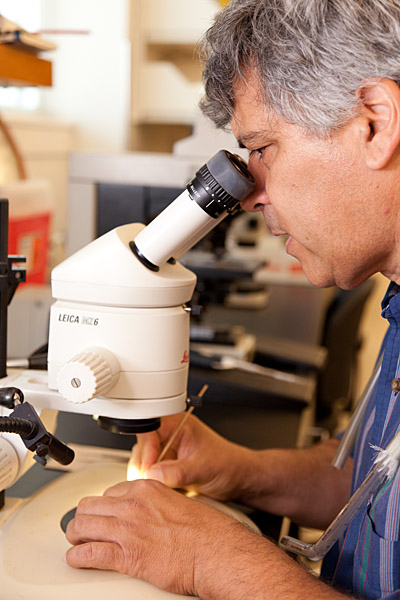Anopheles gambiae strain (Ag55) cultured cells originated from Anopheles coluzzii and are phagocytic with hemocyte-like gene expression
Anopheles gambiae and Anopheles coluzzii are closely related species that are predominant vectors of malaria in Africa. Recently, A. gambiae form M was renamed A. coluzzii and we now conclude on the basis of a diagnostic PCR-restriction fragment length polymorphism assay that Ag55 cells were derived from A. coluzzii. We established an Ag55 cell transcriptome, and KEGG pathway analysis showed that Ag55 cells are enriched in phagosome pathway transcripts. The Ag55 transcriptome has an abundance of specific transcripts characteristic of mosquito hemocytes. Functional E. coli bioparticle uptake experiments visualized by fluorescence microscopy and confocal microscopy and quantified by flow cytometry establish the phagocytic competence of Ag55 cells. Results from this investigation of Ag55 cell properties will guide researchers in the use and engineering of the Ag55 cell line to better enable investigations of Plasmodium, other microbes, and insecticidal toxins. Graphical abstract: Anopheles gambiae cultured Ag55 cells originated from Anopheles coluzzi, have a hemocyte-like transcriptome and are phagocytic. This article is protected by copyright. All rights reserved.
Ruchir Mishra, Gang Hua, Ujwal R Bagal, Donald E Champagne, Michael J Adang. Insect Sci. 2022 Mar 31. doi: 10.1111/1744-7917.13036.



